
Beijing or Beijing is the capital of the People's Republic of China, an elegant city although nowadays it suffers from rampant pollution. Hand in hand with Chinese economic growth, it is incredible to walk through the streets of Beijing because behind are those images that showed hundreds of Chinese on bicycles walking through the streets.
Today Beijing is a cosmopolitan city. Maybe not on the level of Hong Kong or Shanghai, its sisters, but it is certainly a city not to be missed when Asia is on our radar. It concentrates attractions of two eras: that of the emperors and communist China. Here are some tips for visiting Beijing tourist attractions the best possible way.
Forbidden City
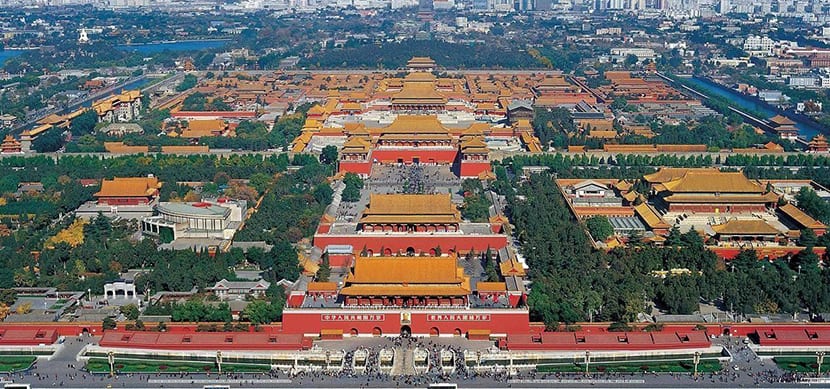
It is the Palace Museum. It was home to 24 emperors between the Ming and Qing Dynasties until Imperial China disappeared forever in 1911. It is a palatial complex of many buildings, stairs, squares and stairways in the center of which is the Purple Palace, the emperor's home.
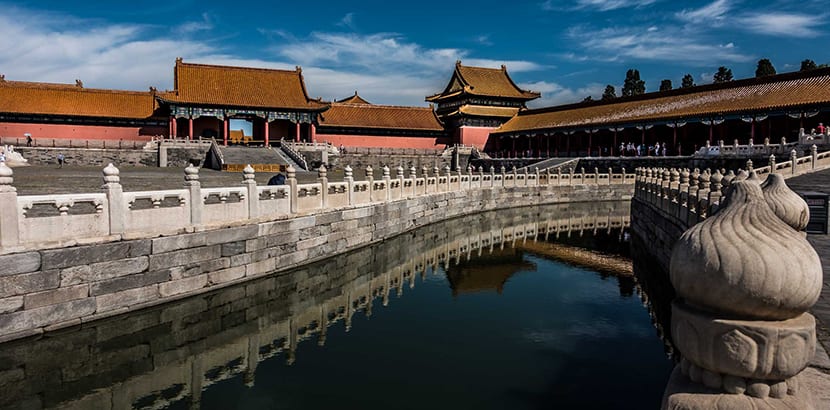
The complex has a rectangular layout and occupies 74 hectares. It is surrounded by a 52 meter wide moat and a 10 meter high wall. Inside, around 8.700 rooms have been counted. This wall has four entrances, one per side. It is something precious. The prohibited city is divided into two parts, the public part where the emperor exercised his government, and the private part where he lived with his family.
Having been inhabited by 14 emperors, the truth is that it contains very valuable works of art and that is why the entire complex has been a World Heritage Site since 1987. It is on the north side of Tiannanmen Square. Very easy to locate. The museum It has a single itinerary that goes from south to north. You must enter through the Wumen Gate and exit through the Shenwumen Gate or the Donghuamen Gate. The metro drops you near the entrance.
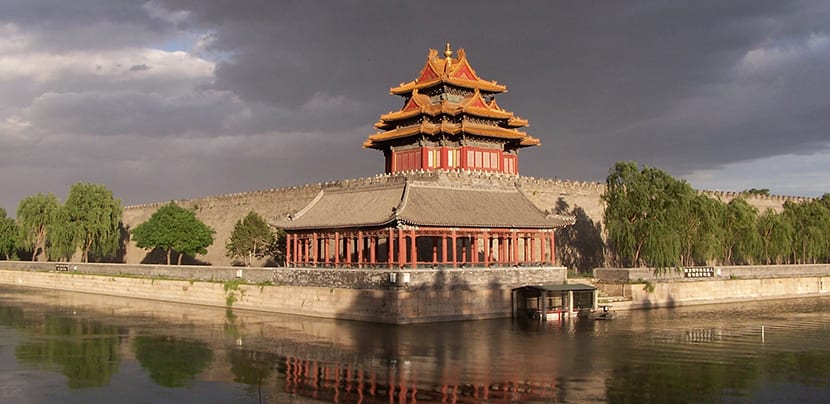
You must take Line 1 and get off at Tiananmen East station. You take exit A. If you get off at Tiananmen West station you take exit B. The fact is that when you leave you must locate the Tiananmen Tower and from there you walk north to the Wumen Gate.
If instead you take Line 2 you must get off at Qianmen Station, take exit A, walk north, cross Tiananmen Square, go through the tower and find the door. You can also take buses, especially Tourist Lines 1 and 2 and always get off at Tiananmen. The ticket has two prices, between April and October it costs CNY60 and between November and March, CNY40.
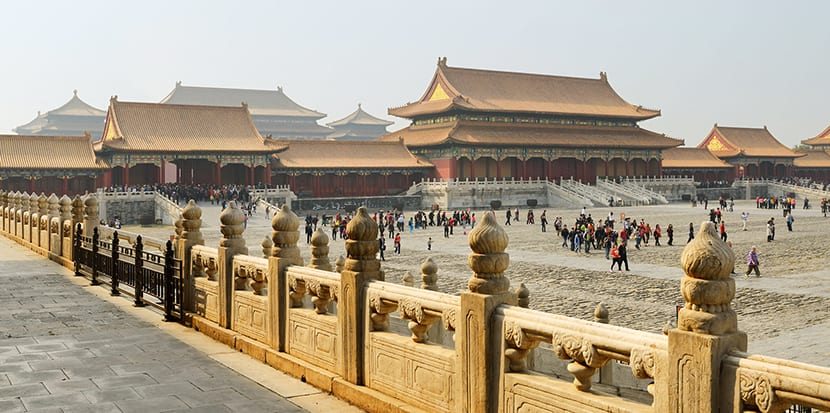
You pay an extra CNY10 to visit the Treasure Gallery and another CYN 10 to visit the Clock and the Clock Gallery. If you are over 60 years old you pay half the priceor presenting passport. And how do you buy them? Only 80 thousand visitors a day can enter so there are tickets that are already reserved by agencies and others are sold online. It is important that buy your ticket as quickly as possible.
The website in English is not enabled yet, so you must buy the tickets through the agency. Keep in mind when ticket sales open (this year it started in July and ends in early October). Don't forget to always have your passport at hand. Finally, opens from 8:30 am and ends between 5 and 4:30 pm. Closed on Mondays.
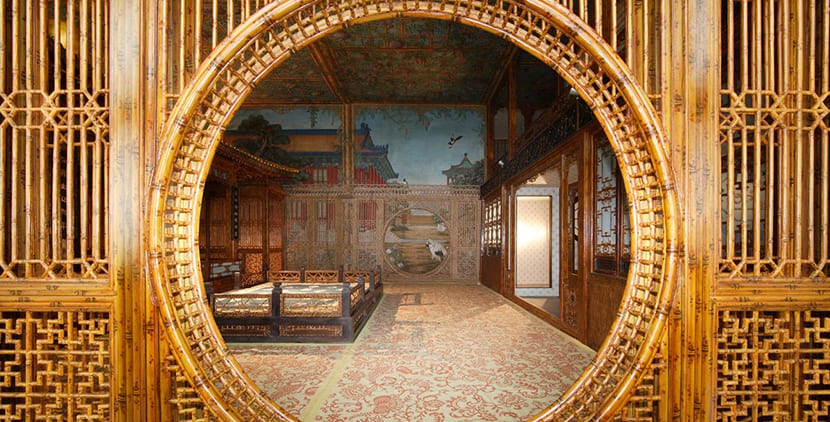
You should calculate about three hours of travel or more just for the central. If you also want to visit the west wings and this is more time. There are audiouías, Fortunately. So far the information, now the advice:
- don't go on weekends nor during Chinese holidays.
- It is advisable to go in the morning, very early, or in the afternoon, but neither sooo late because otherwise you won't be able to enter the museum.
- should buy tickets online but there is a ticket office that accepts credit cards. Remember to bring your passport.
- don't miss the citadel towers and the defensive moat. There are four structures, one per corner, and although they are not open, they are beautiful and worth seeing and photographing.
- if you want a good panoramic view of the Forbidden City visit Jiangshan Park, right in front of the north gate. You finish the visit, you cross and there it is. On a gentle hill there is a pavilion and from here the photos are stupendous. Be careful, you can't cross the street and that's it, you have to cross through a tunnel 20 meters from the north exit.
- among other close visits take a walk around the Beihai Park, at 800 meters nothing more.
- wear comfortable shoes
- do not hire the makeshift tour guides who are on the street
- be careful with your things and your tickets
- taxis are not authorized to stop to load passengers at any of the south or north gates. If they do, they are not legal.
The Great Wall of China
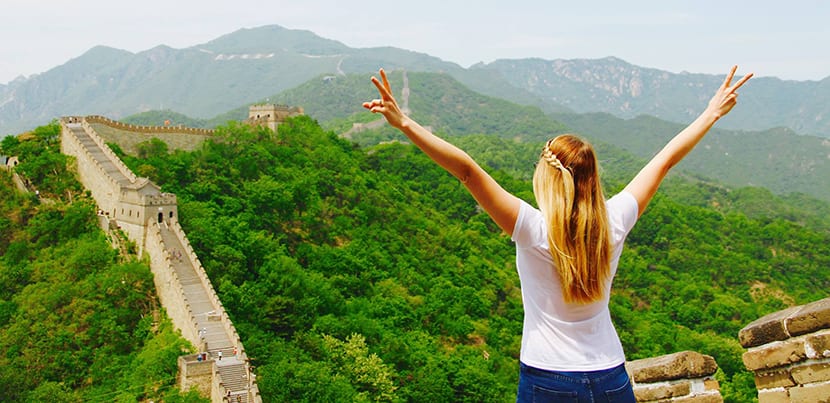
The Great Wall is very extensive but luckily being in Beijing you can visit some parts without moving too much. The best months to make this visit are in spring, early summer or fall. In summer be prepared for a lot of heat and it rains.
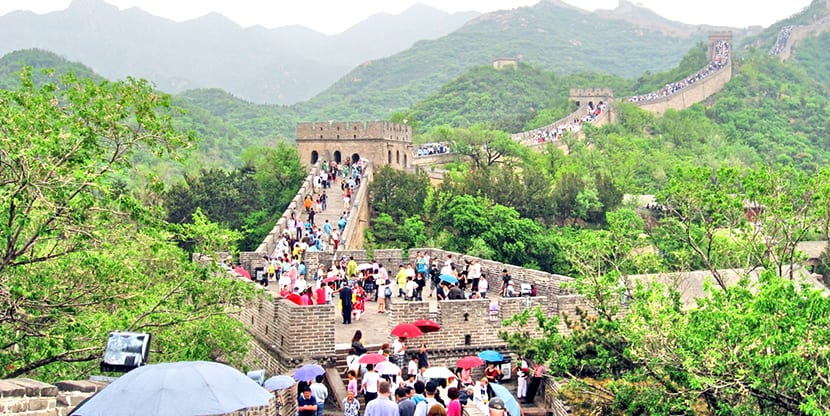
It is not convenient for you to visit on weekends or holidays because the Chinese are a crowd. Actually there are eight sections of the Great Wall around Beijing so the first step is to decide which one you will visit. Of these eight, seven are prepared to receive visits and have bathrooms, security, parking: Badaling, Juyongguan, Mutianyu, Gubeikou and Jinshanling and Simatai.
- jiankou It is the one that is not open to the public because it has been quite wild. If you want to see a popular and beautiful section then choose Badaling.
- Badaling: It is beautiful, it is restored, it is wheelchair accessible and takes two to three hours. It is 80 kilometers from Beijing and has a cableway. You can get there by train from Huangtudian Station or by taxi for RMB 500.
- Juyonqquan: It is 60 kilometers from Beijing, it does not have a cableway and the route is semicircular. If you have little time, it is recommended.
- Mutianyu: It has beautiful natural settings and not as many people as Badaling. It is 85 kilometers from Beijing and has a chairlift and cableway. It is also suitable for wheelchairs. You arrive by public bus or taxi for around RMB 600.
- Gubeiko, Jinshanling, Jiankou, Shixiagan, Huangqhuachen and Simatai they are great for hiking. You can join some on long walks. You can walk from Jinshanling to Simatai or from Gubeiko to Jinghanling, for example.
As you can see, it all depends on what type of excursion you want to do. Even hiring a tour until you can stay camping at the foot of the Great Wall. That experience! And if the tent is not your thing, you can sleep in a nearby hotel.
More tips? Comfortable shoes, hat, sunglasses, water and first aid kit. And visit the bathroom before starting the walk because, obviously, there are no more bathrooms.
Mao Memorial
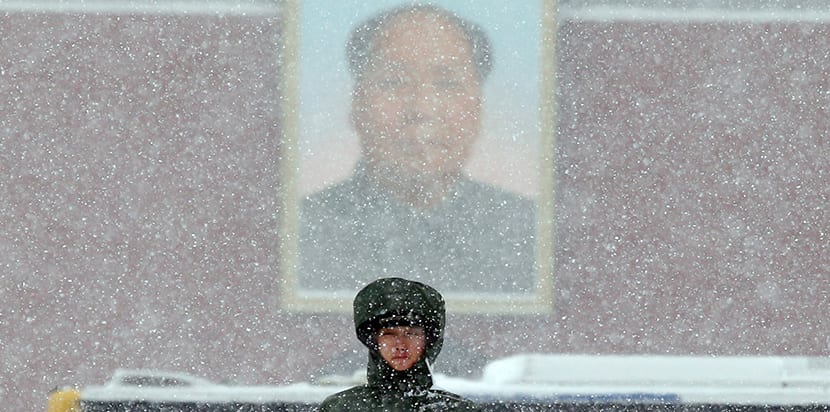
Finally, nobility obliges: the visit to the memorial of the one who was the founder of modern China. This memorial It is at the southern end of Tiananmen Square, between the Monument to the Heroes of the People and the center of the square. It's a mausoleum where Mao's embalmed body rests.
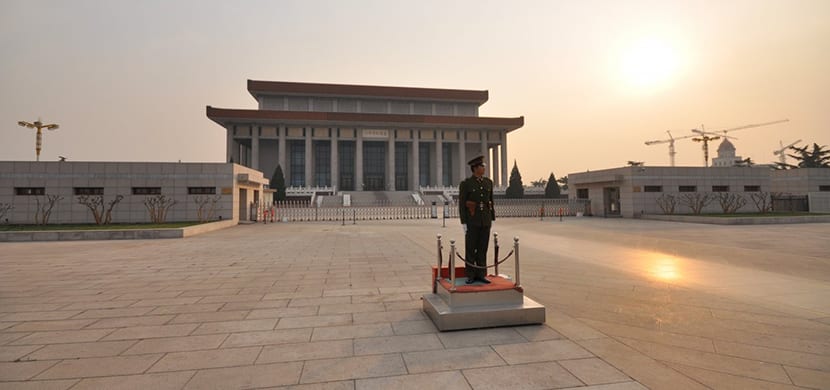
Only the first floor is open to the public, with its three rooms and a tapestry with the Chinese landscape in all its beauty. There is a prayer room that is the heart of the mausoleum which is where Mao, who died in 1976, is. There is the Chinese flag and he rests in a gray suit inside a glass coffin surrounded by soldiers, his honor guard.
There are usually people waiting to enter so again try avoid weekends and holidays. Admission is free but there are many rules: no photos, no videos. For that you must leave everything in the locker. Yes you can enter with a chrysanthemum that is sold there. Don't forget your passport. Although there are always people, the movement is fast. It is best to arrive averaging 10 am or before closing.